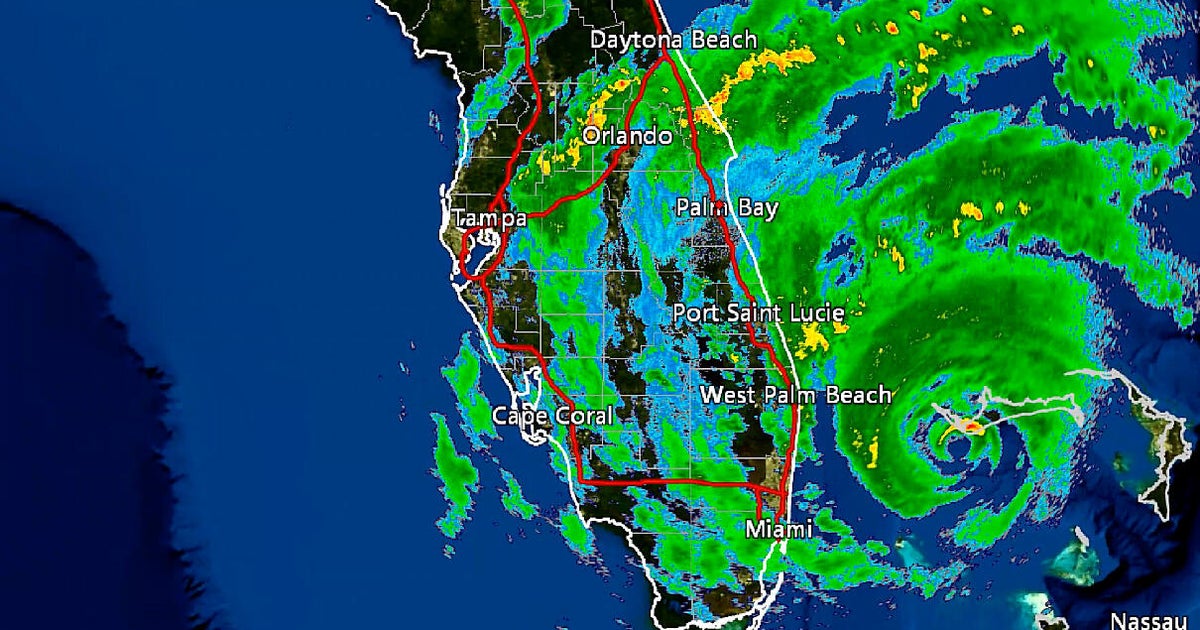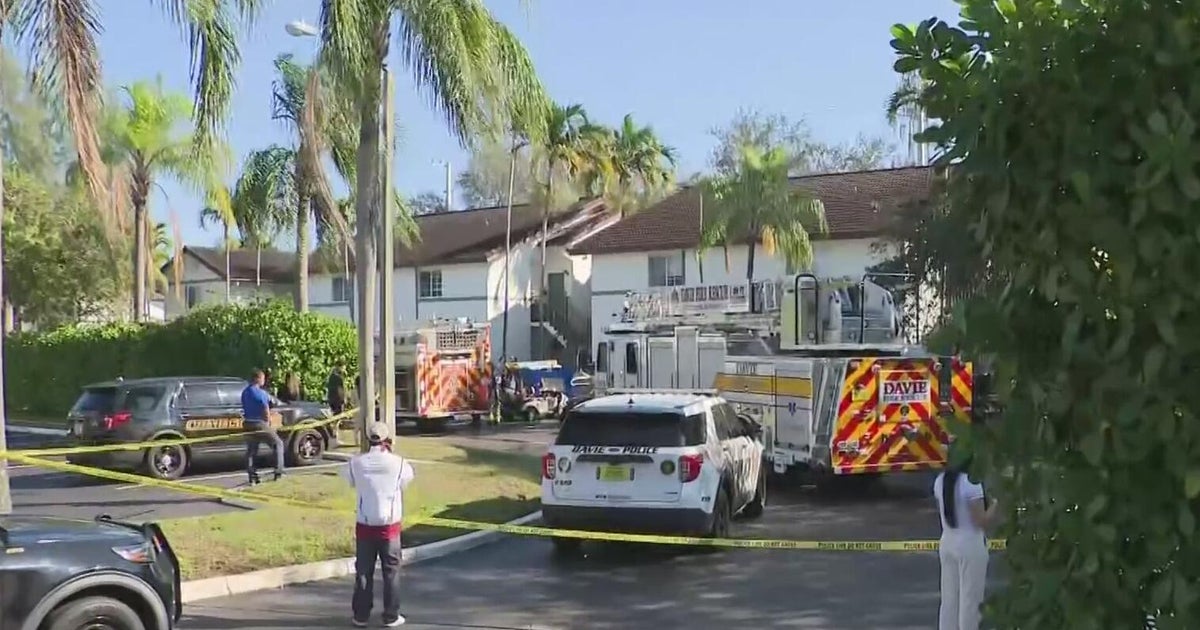Before diving into the National Oceanic and Atmospheric Administration’s 2025 hurricane outlook, it’s worth revisiting what happened last year and what it taught us about storm predictions.
The 2024 season was expected to be among the worst ever.
Lessons from the 2024 Atlantic hurricane season
Forecasts from the National Hurricane Center warned of an unusually high number of storms, and many in South Florida feared the region’s good fortune had come to an end.
But after Hurricane Beryl — the earliest Category 5 storm on record — activity suddenly dropped off.
The tropics went quiet for weeks, puzzling meteorologists and residents alike. So what caused the unexpected lull?
Key climate factors that impact Atlantic hurricane formation
Two major climate drivers typically influence how active the Atlantic hurricane season becomes:
1. El Niño and La Niña patterns in the Pacific Ocean:
The temperature of the equatorial Pacific helps determine how many tropical storms form in the Atlantic.
2. Atlantic Ocean temperatures:
The hotter the Atlantic, the greater the potential for powerful hurricanes to develop and intensify.
In 2024, both of these conditions were highly favorable for storm development. Ocean and atmospheric conditions aligned in a way that could have produced devastating hurricanes like Katrina, Wilma, or Andrew.
Why hurricane forecasts can be wrong despite favorable conditions
Despite ideal conditions, the 2024 season underperformed. Why?
Disruptions in the African monsoon, high concentrations of Saharan dust, and a deep dip in the jet stream combined to suppress storm activity.
These unexpected atmospheric shifts caused a long lull in activity and even redirected storms away from Florida’s east coast.
NOAA’s 2025 Atlantic hurricane season forecast explained
So what is NOAA predicting for the 2025 Atlantic hurricane season?
The current outlook predicts a 60% chance of an “above-normal” hurricane season, with between 13 to 19 named storms. Six to 10 of those are expected to strengthen into hurricanes, and three to five could become major hurricanes, forecasters said.
They estimated there’s a 30% chance of a “near-normal” season and a 10% chance of a “below-normal” season.
NOAA / CBS News Miami
One of the biggest factors is whether we’re in an El Niño or La Niña phase in the Pacific Ocean.
This year’s NOAA forecast looks at where Pacific temperatures are now — and where they’re headed during the peak of hurricane season.
Atlantic Ocean temperatures and hurricane intensity in 2025
The second key component of the 2025 outlook is storm intensity.
Unlike last year, sea surface temperatures in the Atlantic are not abnormally high. This has led NOAA to forecast a near-average season in terms of how strong storms might get.
But that doesn’t mean the risk is low.
Florida hurricane preparedness in 2025
So, should Floridians prepare differently for the 2025 hurricane season?
Absolutely not. Here’s why:
1. Hurricane science is still limited – Forecasts are improving, but predicting where and how severely a storm will strike remains an inexact science.
2. One storm can define the season – In 1992, conditions were not favorable for hurricanes in the Atlantic. Only nine named storms formed. But one of them was Hurricane Andrew.
It only takes one hurricane to devastate Florida
Whether the forecast calls for five storms or 25, it only takes one landfalling hurricane to cause catastrophic damage.
If you live in a hurricane-prone area like South Florida, storm preparedness should never depend on seasonal predictions.
Make your plan. Get your supplies. Stay informed. Because it only takes one.
Watch the full NOAA hurricane season outlook press conference, below:



